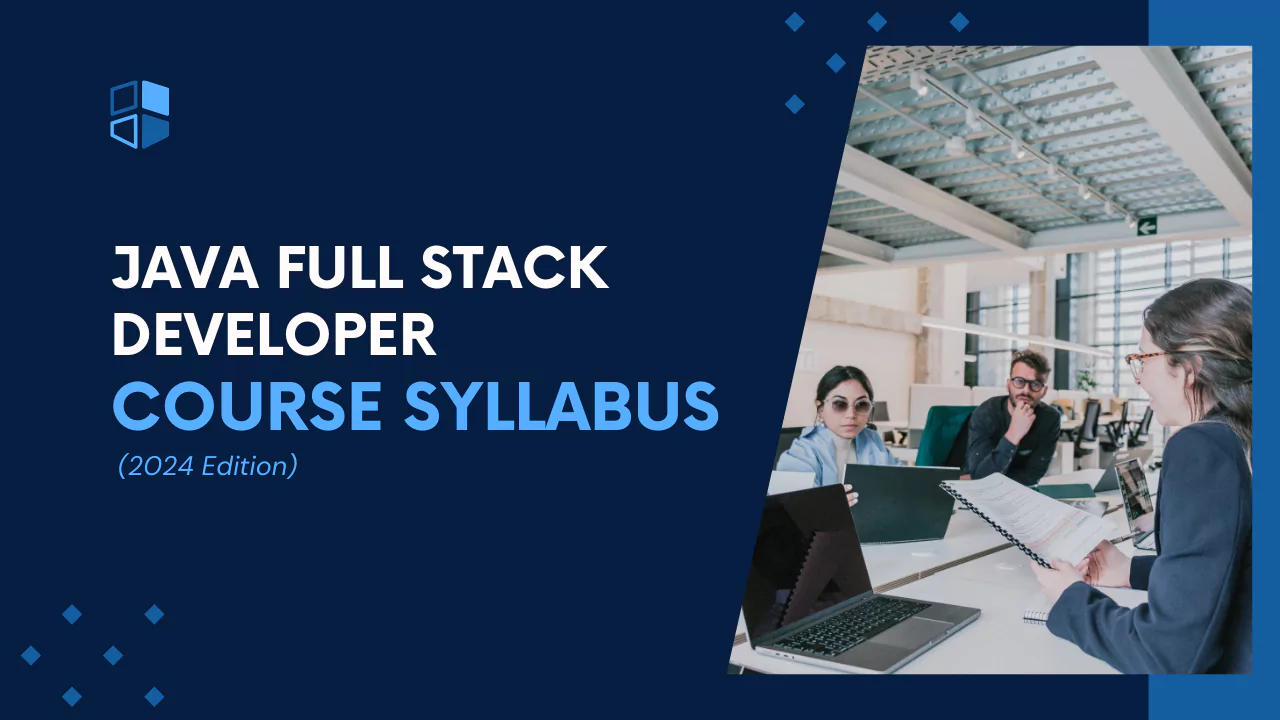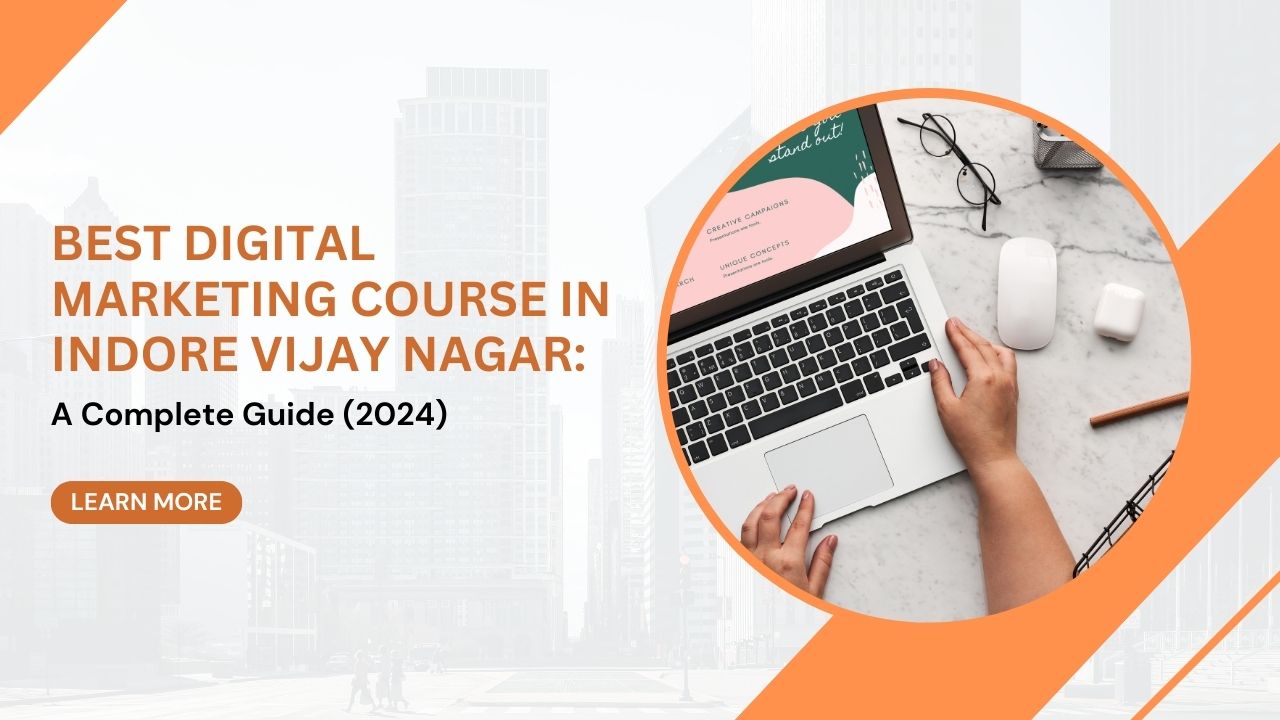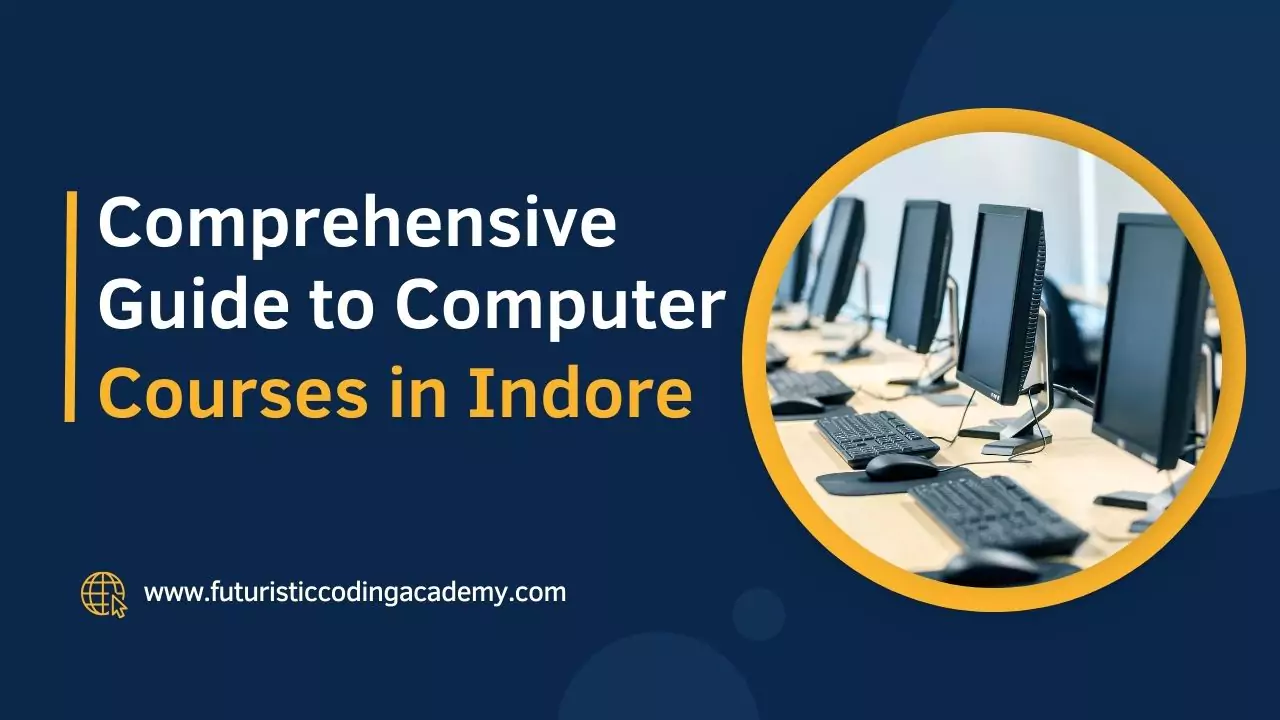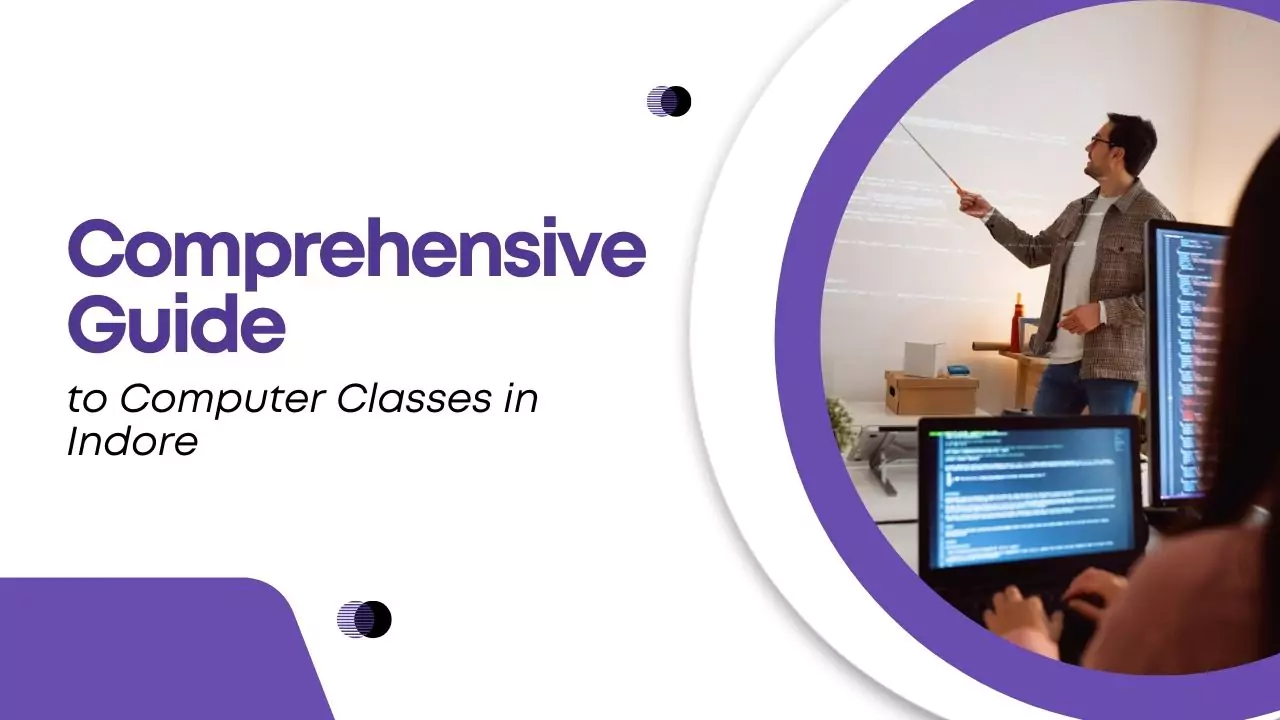Are you eager to become a proficient full-stack developer using Java? A comprehensive curriculum that covers all essential front-end and back-end technologies is your gateway to mastering the Java full-stack domain. Here’s a detailed breakdown of what you can expect in the Java Full Stack Developer Course Syllabus offered at Futuristic Coding Academy.
1. Introduction to Java Full Stack Development
In this section, you’ll gain an understanding of full-stack development and the pivotal role Java plays in creating dynamic, responsive web applications. The curriculum begins with a focus on both the client-side (front-end) and server-side (back-end) technologies, preparing you for the journey ahead.
2. Core Java Concepts for Full Stack Development
Master the foundational concepts of Java that are critical for full-stack development. This module covers:
- Basics of Inheritance: Understanding inheritance and the super keyword.
- Exception Handling: Using try-catch, throw, and throws to handle runtime errors.
- Multithreading: Exploring concurrency using Java’s threading models.
A solid grasp of these core Java concepts is essential for building robust and efficient web applications.

A full stack developer must excel in server-side development. This module focuses on:
- Java Back-End Programming: Utilize frameworks like Spring Boot for building RESTful APIs and secure web services.
- Node.js and Express.js: Introduction to Node.js runtime, Express.js framework for creating APIs.
- Database Integration: Use JDBC for SQL database connectivity and data management.
Mastering these skills will empower you to build dynamic server-side applications.
3. Front-End Development Essentials
Modern web development relies on sophisticated front-end technologies. This module includes:
- HTML, CSS, and JavaScript: Basics of web page creation and styling.
- Front-End Frameworks: Dive into React and Angular, covering:
- State Management: Managing component states in React using hooks and Context API.
- Two-Way Data Binding: Using Angular’s
ngModelto synchronize data between components and templates.
By learning these technologies, you’ll be able to create responsive, user-friendly interfaces.
4. Advanced JavaScript for Full Stack Development
JavaScript is the backbone of interactive web applications. This part of the syllabus covers:
- Object-Oriented JavaScript (OOJS): Learn about constructor functions, prototypes, and ES6 class syntax.
- Array Methods and String Manipulations: Explore array operations (map, filter, reduce) and string methods (split, trim).
- Asynchronous JavaScript: Master async/await, Promises, and working with JSON data to handle API responses.

5. Back-End Development with Java
A full stack developer must excel in server-side development. This module focuses on:
- Java Back-End Programming: Utilize frameworks like Spring Boot for building RESTful APIs and secure web services.
- Node.js and Express.js: Introduction to Node.js runtime, Express.js framework for creating APIs.
- Database Integration: Use JDBC for SQL database connectivity and data management.
Mastering these skills will empower you to build dynamic server-side applications.
6. Database Management and Connectivity
Data is at the core of every application. This module includes:
- SQL and NoSQL Databases: Understand relational databases (MySQL) and non-relational databases (MongoDB).
- CRUD Operations: Perform create, read, update, and delete operations using SQL queries and MongoDB commands.
- JDBC Connectivity: Establish connections with databases using JDBC in Java.
7. Full Stack Integration with MEAN/MERN Stack
Bringing front-end and back-end together is the essence of full-stack development. Here’s what you’ll learn:
- MEAN/MERN Stack: Integrate React (MERN) or Angular (MEAN) with Express.js and MongoDB.
- Building RESTful APIs: Develop APIs to handle data requests from the front end.
- Authentication and Authorization: Implement secure user authentication using JSON Web Tokens (JWT).
8. Advanced Topics and Industry Best Practices
To keep up with the latest in full-stack development, this module covers:
- Cloud Computing and AWS: Basics of cloud computing and how to use AWS services for deploying applications.
- Microservices and Docker: Understand microservices architecture and containerization using Docker for easy deployment.
- CI/CD (Continuous Integration and Continuous Deployment): Learn how to automate the software delivery process for rapid and reliable application releases.

9. Capstone Projects for Practical Learning
Hands-on projects are crucial for reinforcing the concepts you’ve learned. The course offers several real-world projects, such as:
- Building a Social Networking Web App: Use your full stack skills to develop a social networking platform featuring posts, comments, and more.
- E-commerce Application: Develop a fully functional e-commerce platform using React for the front end and Java/Spring Boot for the back end.
Conclusion
1. What is included in a Java Full Stack Developer Course Syllabus?
A Java full-stack developer course syllabus typically covers core Java concepts, front-end development (HTML, CSS, JavaScript, React, Angular), back-end frameworks (Spring Boot, Node.js, Express.js), database management (SQL, NoSQL), RESTful APIs, and project-based learning. The syllabus often includes advanced topics like microservices, cloud computing (AWS), and CI/CD practices.
2. How long does it take to learn Java full-stack development?
The duration to learn Java full-stack development can vary depending on the course and individual learning pace. Generally, comprehensive programs can take anywhere from 3 to 6 months, including hands-on projects and advanced topics like database integration and front-end frameworks.
3. Why should I learn Java full-stack development?
Learning Java full-stack development equips you with versatile skills for both front-end and back-end development. It offers diverse career opportunities, as Java is widely used in web development. Mastering technologies like Spring Boot, Angular, and RESTful APIs makes you adaptable to various industry needs.
4. What are the prerequisites for a Java full-stack developer course?
Basic knowledge of programming and object-oriented concepts is helpful but not mandatory. Some courses start with foundational topics in Java, while others may require familiarity with HTML, CSS, and basic JavaScript.
5. What projects are included in a Java full-stack developer course?
Common projects in a Java full-stack developer course include building e-commerce platforms, social networking apps, to-do applications, RESTful web services, and more. These projects help reinforce skills in front-end frameworks, back-end development, database management, and integration of APIs.
6. What is the difference between Java full-stack and other full-stack development?
Java full-stack development focuses on using Java for back-end development, often utilizing frameworks like Spring Boot. Other full-stack development may involve different back-end languages such as Python (Django) or JavaScript (Node.js). The choice depends on project requirements and personal preference.






